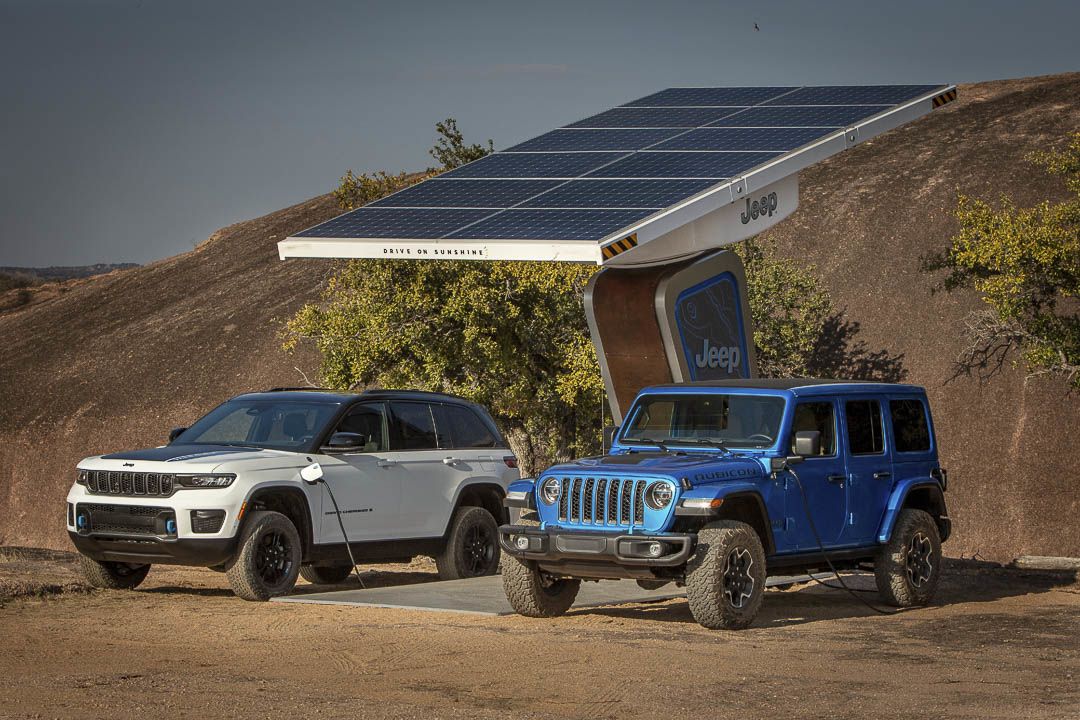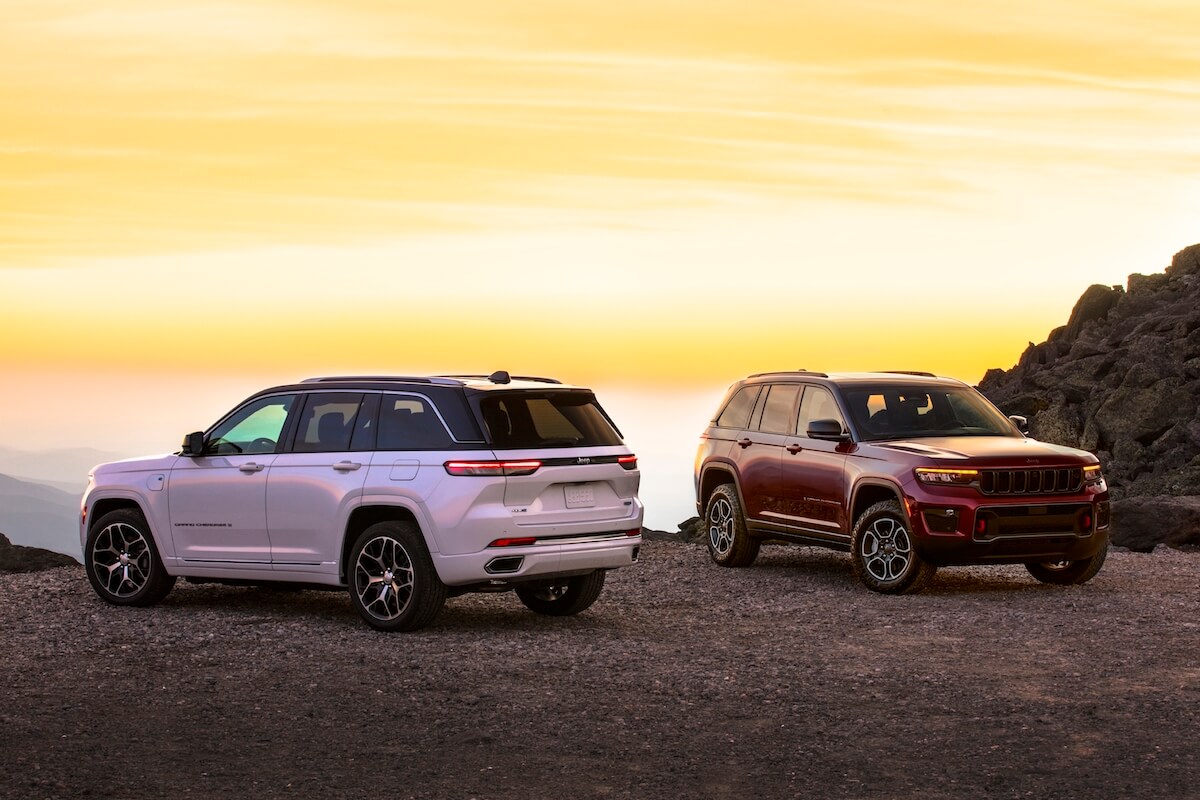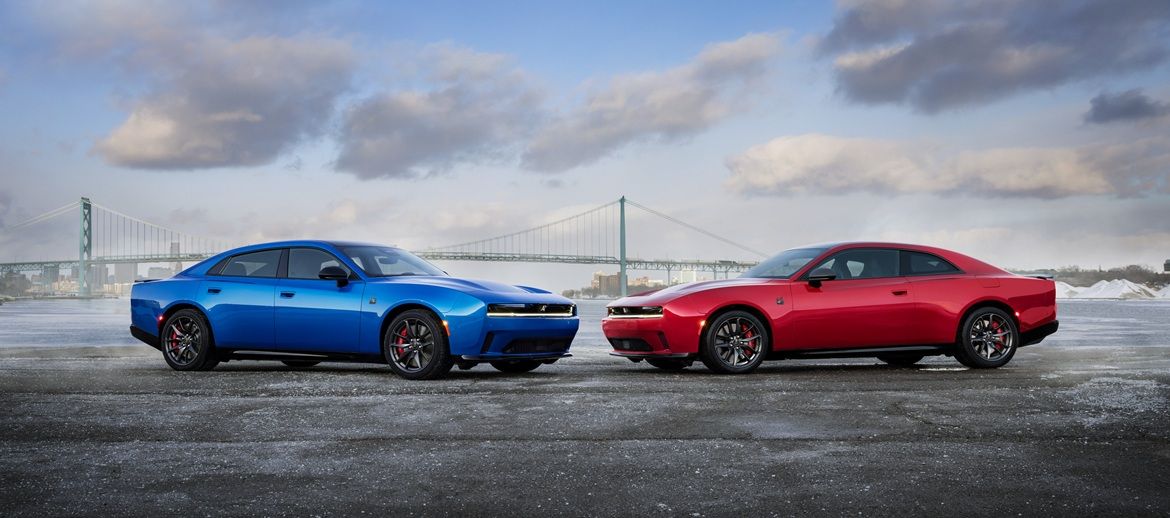For a significant amount of time now, manufacturers have slowly been saying goodbye to fuel engines and replacing them with 100 % electric, hybrid or plug-in hybrid powertrains. One of the main advantages of owning a hybrid car remains the fact that you will be saving lots of money on fuel. Other than that, would you know how to tell the difference between a hybrid and plug-in hybrid vehicle, other than the fact that one needs to be plugged-in and the other does not?
What is a hybrid powertrain?
Although we refer to it in the singular, a hybrid powertrain inevitably includes a combination of a fuel engine and an electric motor. In short, hybridization always utilizes two types of different energy sources in order to power the vehicle.
How is a hybrid powertrain charged?
Generally speaking, the battery regenerates during braking and deceleration, by accumulating the energy that is being produced.
Pros and cons
Both hybrid and plug-in hybrid powertrains come with their pros and cons, just as both can allow you to drive in full electric mode; and when the battery –generally lithium-ion- is empty, the fuel engine will take over. Here are some of the pros and cons for each:
| Hybrid pros |
Plug-in hybrid pros |
| No need to stop to recharge your battery |
Charges faster on a public or domestic charging station |
| 30% less CO2 emissions |
75% less CO2 emissions |
| Good electric range for shorter drives |
Electric range is generally more generous |
Now, what are the cons?
| Hybrid cons |
Plug-in hybrid cons |
| Electric range in full electric mode is low |
Less cargo space |
| Very limited Zero Emission mode |
Must be plugged |
Reliability and autonomy
Since they have been part of the manufacturers’ catalog for a while now, there is no doubt that in terms of reliability, hybrid and plug-in hybrid vehicles are optimal. Of course, some manufacturers clearly stand out in this aspect thanks to their expertise, the quality of the mechanics etc.
Long term batteries
The majority of manufacturers agree that a battery’s life span, whether for a hybrid or a plug-in hybrid vehicle, is somewhere between 8 and 10 years, or between 80,000 and 100,000 kilometers. With good periodical maintenance, this life span could become greater than the one established by the manufacturer.
Plug-in = greater electric range
As we have previously mentioned, the electric range offered by a plug-in hybrid vehicle is greater and, consequently, will be better suited to a buyer who, for example, lives in Brossard on the South Shore of Montreal and must travel further for work or everyday shopping.
Inversely, a person who lives in Montreal, where amenities, stores and activities are often closer to home or work, will probably be satisfied with a lesser electric range. However, we cannot deny the fact that both offer significant savings on fuel and –mostly- less CO2 emissions.
Conclusion
No matter what type of vehicle you end up purchasing, whether hybrid or plug-in hybrid, you must take into consideration your driving habits, your daily needs and also your budget, of course. The same way you would consider all of these aspects when purchasing a traditional fuel model, in the case of a hybrid they must be considered as well.
It remains clear that the greatest advantage when purchasing a hybrid or plug-in hybrid vehicle is that your fuel bills will significantly decrease. When comparing the Pacifica minivans and the Jeep Wrangler and Wrangler 4xe, here are the fuel consumption numbers for each model:
| Pacifica |
Pacifica hybrid |
| 12.4/8.4/10.6 L/100 km (city/highway/combined) |
8.0/7.9/8.0 L/100 km (city/highway/combined) |
| Jeep Wrangler |
Jeep Wrangler 4xe |
| 13,8/10,1/12,2 L/100 km (ville/route/combinée) |
11,6/11,9/11,7 L/100 km (ville/route/combinée) |
In certain cases, the difference between both powertrains is even greater, as is the case with the Toyota Corolla. Here are the numbers:
| Toyota Corolla |
Toyota Corolla hybrid |
| 8.0/6.0/7.1 L/100 km (city/highway/combined) |
4.4/4.5/4.5 L/100 km (city/highway/combined) |
We have learned that the Stellantis Group will be making a new powertrain: a 1.6 L 4-cylinder turbo. It will be used as a base powertrain for the future plug-in hybrid models. To this effect, three North American plants will be transformed: the one in Dundee, Michigan, the one in Kokomo, Indiana, and the one in Toronto, Canada.





